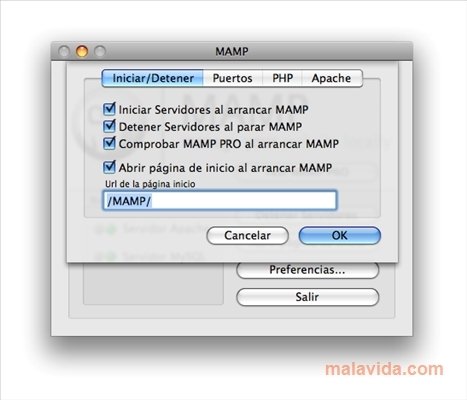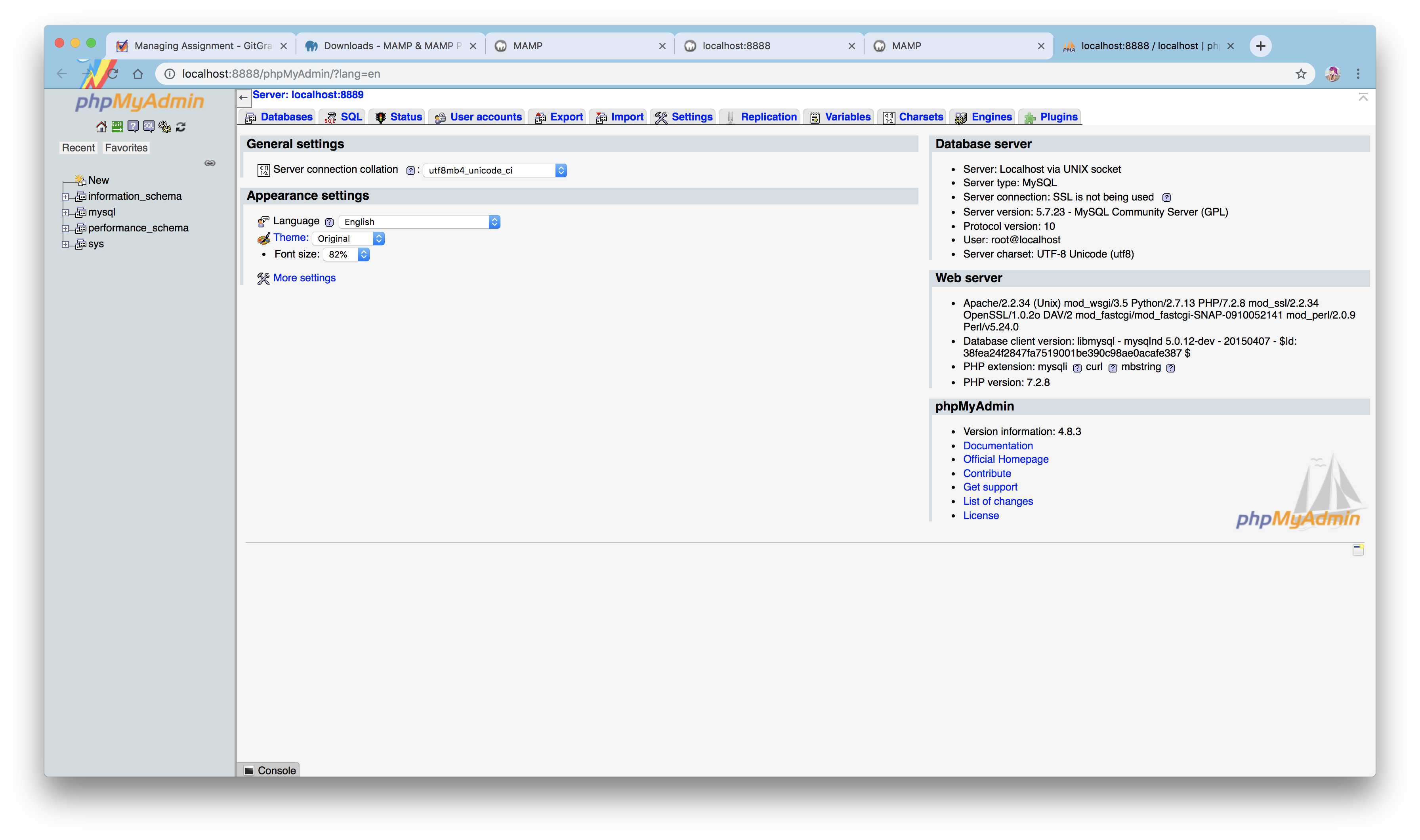

This is the fly in the ointment when it comes to MAMP. Then one day, out of nowhere, it reared its ugly head when I had the audacity to try to use the ImageMagick extension for PHP. It handled all those pesky VHosts and hosts file entries for me. It had this nice little button labeled “Start”, and then it would turn green when it was ready.
MAC MAMP MYSQLDUMP PRO
However, you should be aware of the trade-offs in terms of Unicode support.Are you using MAMP Pro for web development? Has it ever caused you to drink heavily while simultaneously banging your head against the keyboard? Follow this guide, and you will never have to experience the horror that is the MAMP stack again!ĭon’t get us wrong – MAMP was great for a while.

This may help you work around index length limitations, especially with older versions of MySQL.

Index length limitations: The utf8 character set uses less storage space (up to 3 bytes per character) compared to utf8mb4 (up to 4 bytes per character).These characters will be replaced with the Unicode replacement character (U+FFFD) during the conversion process. Data loss or corruption: If your existing data contains characters outside of the BMP, converting the character set from utf8mb4 to utf8 may result in data loss or corruption.If you need to store these supplementary characters in your database, you should use utf8mb4.
MAC MAMP MYSQLDUMP FULL
In contrast, utf8mb4 supports the full range of Unicode characters, including supplementary characters (code points U+10000 to U+10FFFF), such as emojis and certain rare symbols or scripts.
MAC MAMP MYSQLDUMP CODE
Limited Unicode support: The utf8 character set in MySQL only supports a limited range of Unicode characters, specifically the Basic Multilingual Plane (BMP), which includes characters from the Unicode code points U+0000 to U+FFFF.Limitations of UTF8 Character Set:Ĭhanging the character set from utf8mb4 to utf8 in MySQL is not inherently bad, but it may have some implications that you should consider before making the change:

Hope this is solution helped you to resolve “ Unknown collation: ‘utf8mb4_0900_ai_ci’” issue. after the above changes, the database was successfully restored! sed -i 's/utf8mb4_0900_ai_ci/utf8_general_ci/g' backup.sql sed -i 's/CHARSET=utf8mb4/CHARSET=utf8/g' backup.sql The Linux system users can use the sed command to replace text in files directly. Here we are changing the CHARSET to utf8, that is the older version and have limitation, Read the implications at the end of this article before making the changes in database. Edit the database backup file in text editor and replace “ utf8mb4_0900_ai_ci” with “ utf8mb4_general_ci” and “ CHARSET=utf8mb4” with “ CHARSET=utf8“.ĮNGINE=InnoDB DEFAULT CHARSET=utf8mb4 COLLATE=utf8mb4_0900_ai_ci ĮNGINE=InnoDB DEFAULT CHARSET=utf8 COLLATE=utf8_general_ci Then we do a little tweak in the backup file to resolve this. So we got that the destination server doesn’t contain the required database collation. See the error screenshot during database restoration.Īfter a little investigation, I found that the MySQL server running on the destination is an older version than the source.


 0 kommentar(er)
0 kommentar(er)
